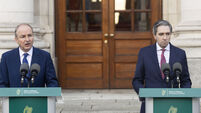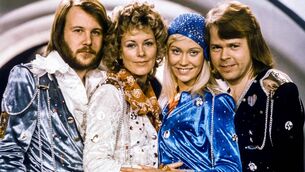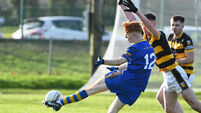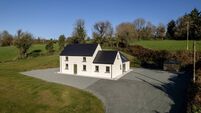Páirc Uí Chaoimh budget soars: A hard lesson and a missed opportunity
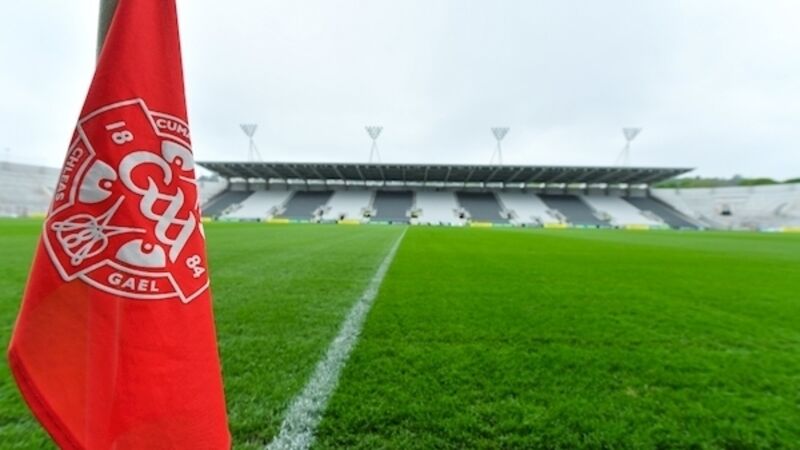
Budget overruns on public projects are so common that any development delivered on time and under budget provokes the surprise that greeted Vercingetorix’s Gauls’ victory over Julius Caesar at Alesia in September 52BC. However, it would be a little too cynical to suggest we might have to go that far back in history to find a project so delivered — as the 2008 opening of a redeveloped Thomond Park, within its €40m budget and on time, proves.
However, last week’s admission that the long-awaited — so long-awaited that it has assumed a mythical status — national children’s hospital will cost multiples of what was recently anticipated is more normal. Just two years ago, it had a €650m tag, but that has more than doubled to €1.4bn. It is as difficult to predict what it will finally cost as it is to predict when it might treat sick children.









